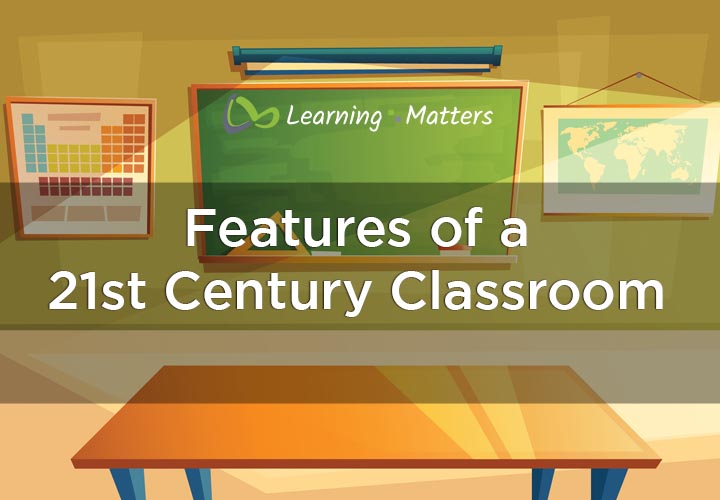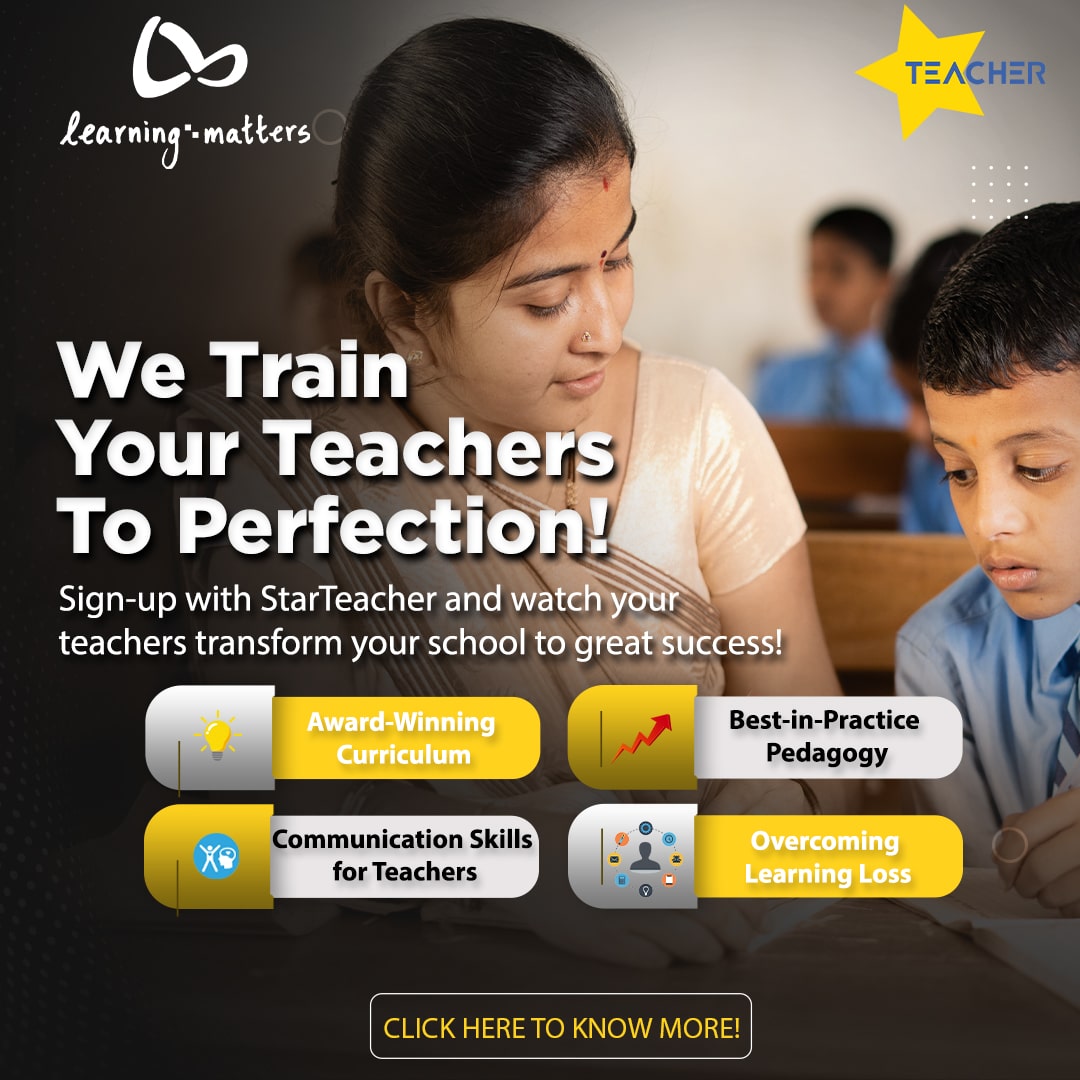It is important more than ever in the 21st century that students need to be equipped with the skills and knowledge they need to excel in an increasingly complex world. A dynamic and innovative learning environment that is designed to help students reach their full potential can have a life-changing impact on students. What does such an environment look like? There are many different characteristics that make up a 21st-century classroom, and in this blog, we will explore the top 7.
1. The right kinds of technology: Technology has made its way to becoming an important part of the educational system. With technology in the classroom, students can explore more opportunities, thus opening up a whole new realm of possibilities for their learning and growth. From interactive whiteboards and tablets to voice-assistant teachers, the 21st-century classroom is filled with technology that enables students to access information and learn faster. While it is important to incorporate technology in the classroom, it is also equally important to first understand what are the right types of technology resources and tools based on the students’ age and educational needs.
2. A framework of collaboration: Collaborative learning helps students to build some very crucial skills needed in the 21st century like teamwork, communication, critical thinking, negotiation, problem-solving, and leadership skills. What’s more, collaboration helps students polish interaction skills and build connections which, in turn, help to improve their emotional intelligence.
3. Real-world problem solving: To serve 21st-century students with enriching learning experiences, classrooms should no longer be limited to the traditional model of a teacher delivering information to students. Students must actively engage with their learning and apply their knowledge to real-world situations. This might involve working on projects that have a tangible impact on their communities. By using this hands-on approach to learning, students are able to connect with their studies in a more meaningful way and develop important critical thinking and problem-solving skills.
4. Teaching with flexibility: Traditional classrooms tend to follow a set syllabus, which can make them inflexible in nature. However, in the 21st century, it is crucial for teachers to be able to adapt and customize their teaching methods in order to meet the diverse needs of their individual students. By being flexible, teachers can create a more engaging and dynamic learning environment that is better suited to the uniqueness of each student, leading to more positive learning outcomes. Without flexibility, it is difficult for teachers to effectively educate 21st-century students.
6. Opportunities to demonstrate and present: Being able to present one’s ideas cohesively and confidently is one of the in-demand skills of the 21st century. In order to build confidence, students need the opportunity to demonstrate their learning as well as showcase their talents. 21st-century classrooms should provide platforms and avenues for students to do this, such as in the form of events or projects that allow them to present their work and ideas. Presentation and demonstration of ideas and work also helps to reinforce learning for students i.e. it allows them to process what they have understood at a deeper level. Therefore, increasing these types of opportunities allows students to develop both academically and personally.
7. Including inquiry-based learning: Encouraging students to ask open-ended questions and to think critically is crucial for their intellectual and personal growth. By adopting an inquiry-based learning model in the classroom, educators can create an environment that encourages students to explore more independently. Not only will this help students to develop important critical thinking skills, but it will also foster their sense of curiosity and confidence as learners, helping them to reach their full potential.
Conclusion:
In the 21st century, it is crucial for classrooms to be dynamic and innovative in order to prepare students to be successful. Educators can consider involving these 21st-century ideas into their classrooms in order to see improved results. If you are interested in obtaining a comprehensive teacher training program that will enhance your skills and transform your institution, consider signing up for StarTeacher - A holistic teacher training program.


Comments